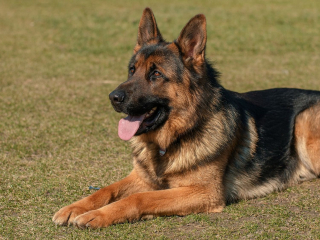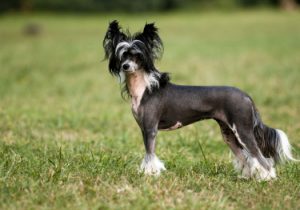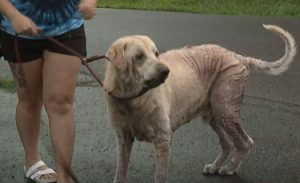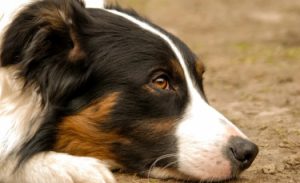 Illustration photo
Illustration photo
Are the types of dog coats we know, with their colors and patterns, the result of selections made by man? No, according to a recently published study by genetic specialists. They would even have appeared at the very beginning of the domestication of the dog, thousands of years ago.”
”
A natural selection, which occurred a long time ago, would be at the origin of the colors of modern dog dresses, reported Science Alert this Sunday, August 15. This is demonstrated by the findings of a new study published in the journal Nature Evolution and Ecology and conducted by genetic researchers at the University of California, Davis.
”
It is therefore not the selection process carried out by man over the generations, to favor certain characteristics and then meet the standards of breeds, which has given rise to the diversity of colors and hair patterns today. It would have appeared more than 10,000 years ago, thanks to a natural evolution that laid the genetic foundations of contemporary canine dress models. When it comes to all these variations in coat colors in dogs, some of them occurred long before dogs were dogs, says Danika Bannasch, co-author of the study.
”
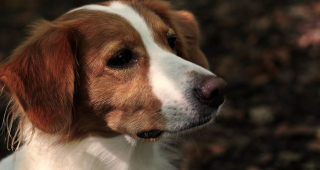
The team of geneticists analyzed the DNA of dogs and wolves that lived 5000 years ago in Eurasia, and compared them to those of canids of the modern era. Researchers have discovered the existence, in ancient canids, of several different types of coats, linked to 2 key regulators of the Agouti gene. The latter determines whether the coat of an animal is two-colored (agouti) or solid-colored (non agouti). Some combinations of the modulators of the Agouti gene give rise to 5 types of coats: predominantly yellow, shaded yellow, agouti (at least bands of different pigments in the hair), black saddle and black back.”
”
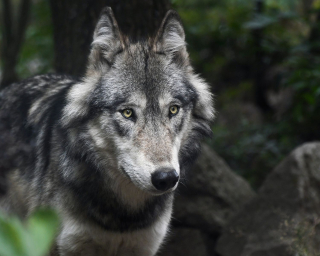
The color variation genes present in a distant common ancestor
The study of the genomes of the 2 groups of canids (ancient and modern) allowed scientists to find that agouti genes were expressed similarly in each other. This means that they have a common parent, in which black and white pigments are expressed. It is most likely, according to them, the very ancient dog of the Siberian island of Jokhov, having lived about 10,000 years ago. It was characterized by a black back, which differentiated it from its light-coated congeners and mostly united in this Arctic environment. This suggests that the modulators of the Agouti gene were already active at the beginning of the dog’s domestication.”
”
Danika Bannasch and colleagues conclude that the diversity of Agouti regulatory sequences responsible for modern color variation was apparent 35,000 years ago in ancient wolves and 9500 years ago in ancient dogs.”
”
Read also: A puppy wounded in the head with a ball gun and abandoned in a cage was adopted
